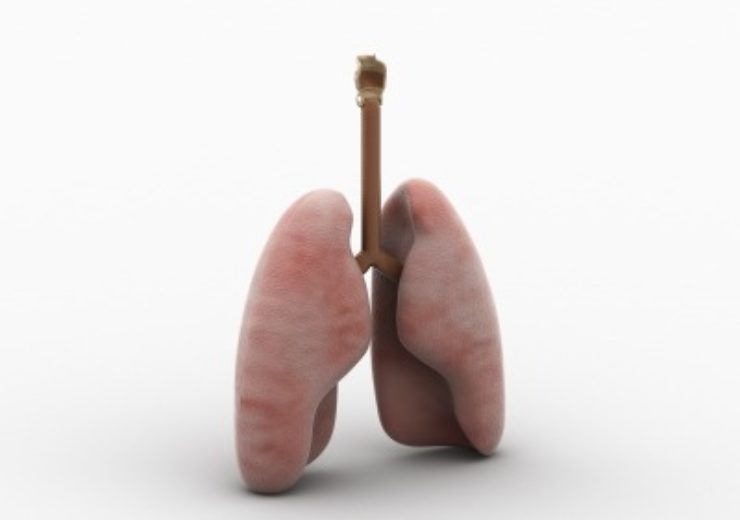Majority of Canon Medical’s CT portfolio is now FDA-cleared for low-dose lung cancer screening

Image: Canon Medical offers lung cancer screening for early detection.Photo: Courtesy of interphasesolution/FreeDigitalPhotos.net
Lung cancer is the most common cancer worldwide, accounting for 2.1 million new cases and 1.8 million deaths in 2018. The majority of Canon Medical Systems USA, Inc.’s CT portfolio has received 510(k) clearance for low-dose lung cancer screening (LCS), providing comprehensive offerings to help advance patient care. LCS has been proven to detect lung cancer at earlier stages, when it’s most treatable, as well as reduce mortality by 20 percent compared to standard chest X-ray.2
Canon Medical offers the full range of tools and options customers need to help create an effective LCS program. This holistic approach overcomes the current barriers in adoption with a complete solution that includes:
Protocol management: Effectively manage CT dose, protocols and equipment to standardize care and improve quality with Vitality XT.
Marketing support: Quick access to co-branded materials available on Canon Medical’s Image Maker platform to help drive referrals and increase awareness.
Dose reduction and advanced ergonomics: Industry-leading dose reduction capabilities and ergonomics available on the Aquilion family of CT systems to help increase safety from start to finish.
Automatic nodule tracking: Visia CT Lung CAD Vitrea CT Lung Analysis tools available to detect lung nodules at an early stage through advanced visualization.
Largest PET/CT Bore for treatment planning and monitoring: Canon Medical’s Celestion PET/CT system puts patient comfort first to improve the quality of care for patients.
“Developing a lung cancer screening program is a complex, multi-layered undertaking, and a comprehensive solution is crucial to a program’s success,” said Tim Nicholson, acting managing director, CT and PET/CT Business Unit, Canon Medical Systems USA. “Lung cancer is a leading cause of death in the U.S. and across the world due to the fact that it typically shows little to no symptoms in early stages, where the survival rates are around 45 percent, in contrast to the survival rates by Stage 4, which range from a devastating one to two percent.3 Early detection is critical, and we are committed to offering solutions for health care providers that can make a difference in the patient community and beyond.”
